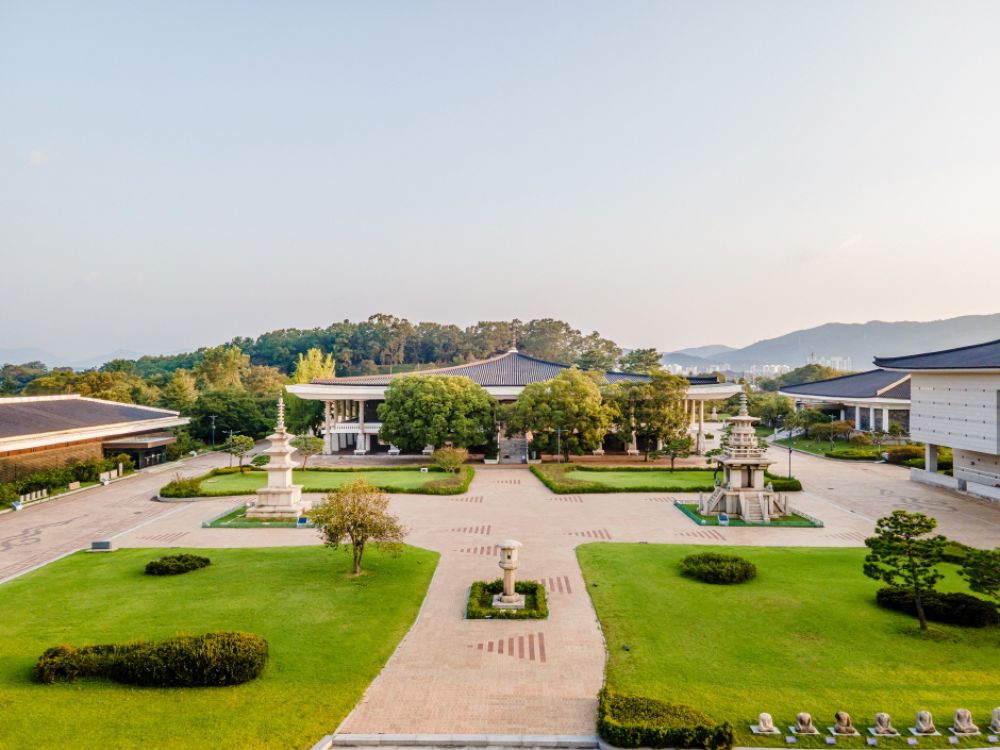

Gyeongju National Museum, located in Gyeongju, the ancient capital of the Silla Dynasty, has been a cornerstone of cultural tourism in South Korea. The museum's history is deeply interwoven with the rich tapestry of Korean history, particularly the Silla period, which lasted from 57 BC to 935 AD. The museum itself was officially established in 1945, a pivotal moment in Korean history following the country's liberation from Japanese colonial rule.
Originally named Gyeongju Branch Museum of National Museum of Korea, the Gyeongju National Museum's goal was to preserve and exhibit artifacts from the Silla Dynasty and the Gyeongju area. Over the years, the museum has undergone several expansions and renovations to better serve its purpose. The development of the museum has always been in tandem with the growth of tourism in Gyeongju, further emphasized by the region's designation as a UNESCO World Heritage site in the late 20th century.
Featuring a vast collection of artifacts, the museum provides visitors with a profound look into the art, culture, and history of the Silla Kingdom. Key exhibitions include the Archaeological Hall, Art Hall, Anapji Hall, and the Silla History Gallery. Among the museum's most treasured possessions are Buddhist art, royal tomb excavations, and the Emille Bell – a massive Bronze Bell, full of lore and regarded for its clear resonating sound.
Tourism in Gyeongju is heavily centered around its historical importance, with the Gyeongju National Museum playing a pivotal role in educational and cultural tourism. The showcase of Silla relics and local history not only attracts history enthusiasts but also provides vital information and context for all visitors exploring the region's other historical sites, including Bulguksa Temple and Seokguram Grotto.
With international travel becoming more accessible, there is an increasing trend in experiential and educational tourism. The Gyeongju National Museum has adapted by offering interactive exhibits and English-language resources, recognizing the growing diversity of its visitors. Through collaborations with other museums and ongoing archaeological research, the museum continues to update its exhibits, preserving its relevance and ensuring that visitors always have something new to discover.
With the rise of digital and virtual tourism, the museum is also looking towards innovative ways to display its treasures, allowing those unable to visit in person to experience the rich history of the Silla Kingdom. Interactive websites, virtual reality experiences, and online exhibitions are becoming more commonplace, reflecting a broader trend across cultural institutions worldwide.
The Gyeongju National Museum stands as a bastion of South Korea's heritage, providing insightful peeks into the ancient Silla culture and attracting tourists from around the globe. Its continual evolution in displaying and educating about the past ensures that the legacy of the Silla Dynasty will be preserved and appreciated for generations to come.